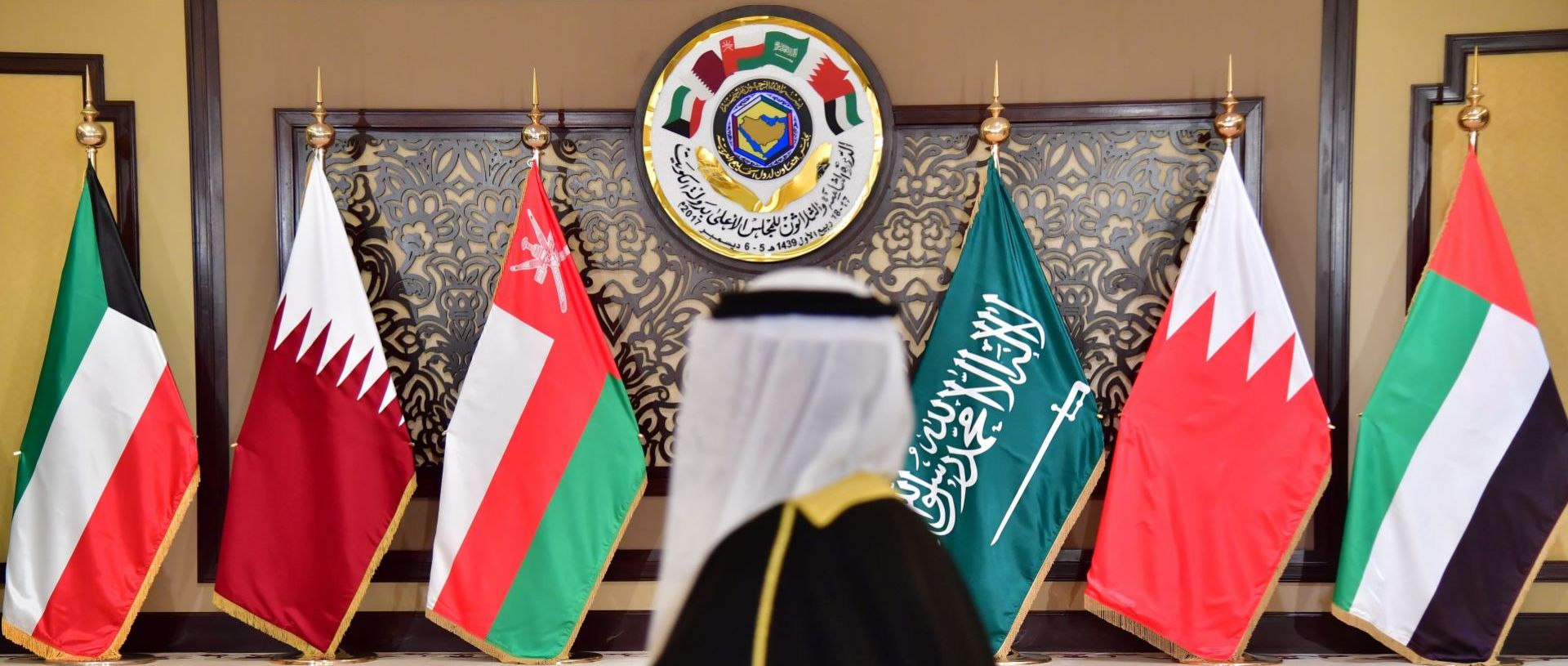U.S. President Donald Trump’s trade policies, which have disrupted global financial and commodity markets, could have indirect consequences for the UAE, the Gulf Cooperation Council (GCC), and the wider Middle East and North Africa (MENA) region, according to analysts.
While the direct impact may be limited, global rating agency S&P warns that countries with currencies pegged to the U.S. dollar, such as Saudi Arabia and the UAE, could face higher interest rates as the U.S. Federal Reserve tightens monetary policy to combat inflation. This, in turn, could slow economic growth across the region.
Potential Effects on GCC and MENA Economies
One of the most immediate impacts of Trump’s trade policies is the strengthening of the U.S. dollar, which could make imports cheaper but reduce the competitiveness of local industries in the GCC. A strong dirham or riyal could also stifle economic expansion, particularly in non-oil sectors, which are key to diversification efforts.
S&P analysts noted that tighter monetary policies in the Gulf could dampen private sector investment and slow GDP growth. Additionally, higher interest rates would increase borrowing costs, potentially affecting real estate, infrastructure projects, and consumer spending.
Despite these concerns, some analysts suggest that GCC economies could benefit from Trump’s trade policies. If the U.S. imposes tariffs on Canadian and Mexican energy exports, Gulf producers—particularly Saudi Arabia—could see increased demand for their oil.
China-U.S. Trade War and MENA’s Export Outlook
Trump recently ordered tariffs on imports from Mexico, Canada, and China, before freezing those against Mexico and Canada but moving forward with tariffs on China. This prompted China to file a dispute with the World Trade Organization (WTO), escalating tensions.
S&P analysts warn that MENA exports could be affected by any global slowdown in trade, even though most countries in the region—except Israel and Jordan—do not have significant trade surpluses with the U.S.
While direct tariffs on MENA exports are unlikely, broader global tariffs could limit trade opportunities and hamper economic growth. Additionally, the uncertainty surrounding Trump’s protectionist policies could lead to market volatility, particularly in oil prices, which are vital for Gulf economies.
Opportunities Amid Economic Shifts
Despite the risks, some analysts believe the GCC could leverage shifting trade dynamics to build new partnerships and expand global trade relationships.
Hassan Fawaz, chairman and founder of GivTrade, noted that Trump’s protectionist stance could accelerate deglobalization, presenting both challenges and opportunities for the region.
“While increased global tariffs could contribute to market instability, they also offer a chance for the GCC to negotiate better trade deals and strengthen economic ties with key partners,” Fawaz said.
If the U.S. imposes energy tariffs on Canada and Mexico, Saudi Arabia and other Gulf nations could step in to fill the gap, taking advantage of their excess oil production capacity to increase exports to the U.S.
Looking Ahead
The extent of the impact of Trump’s policies on MENA economies will depend on how trade tensions evolve and whether the region can adapt to changing global trade patterns. While the Gulf could benefit from stronger energy exports, it also faces the risk of slower economic growth, tighter financial conditions, and reduced competitiveness due to a stronger dollar and higher interest rates.

